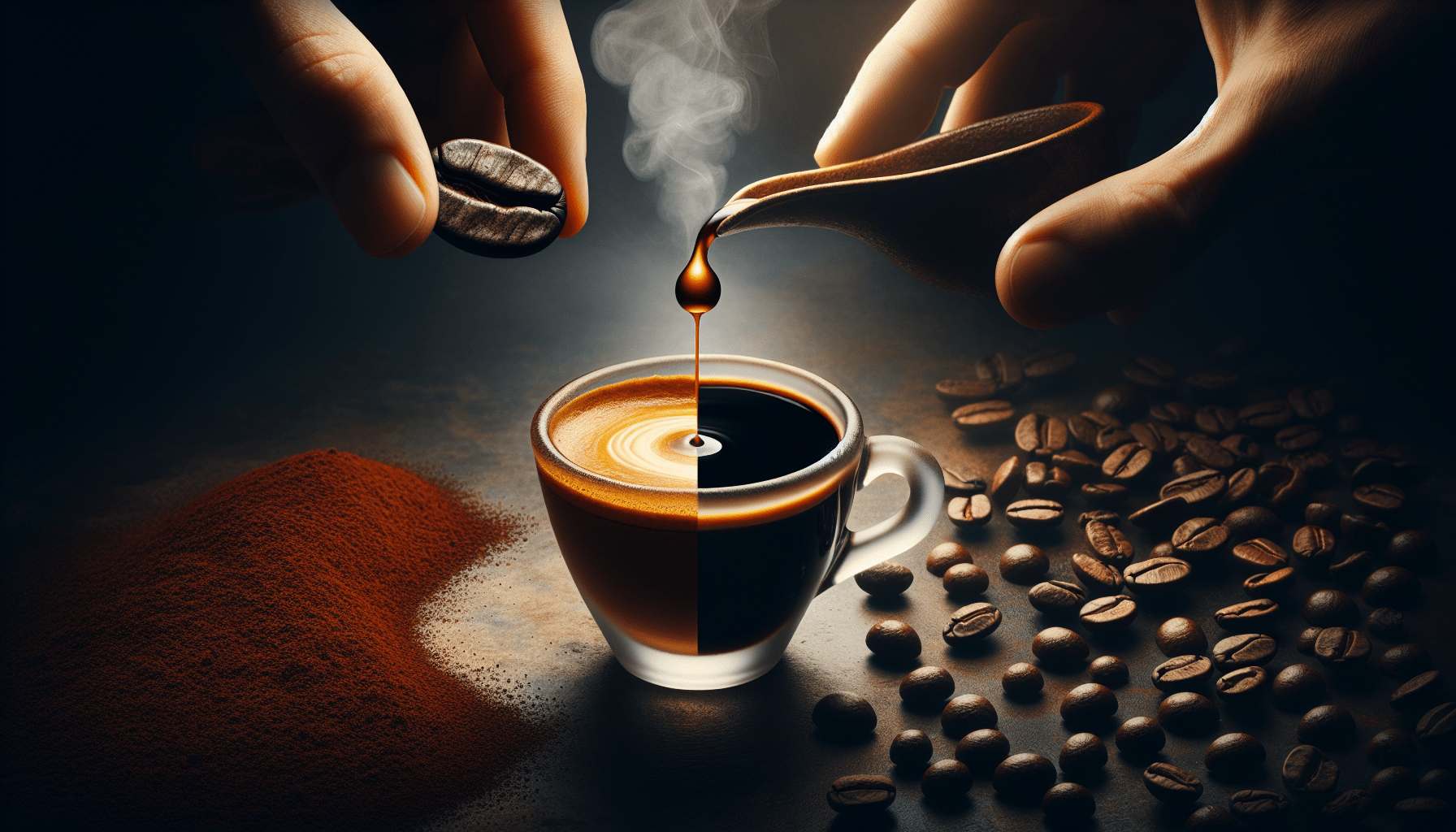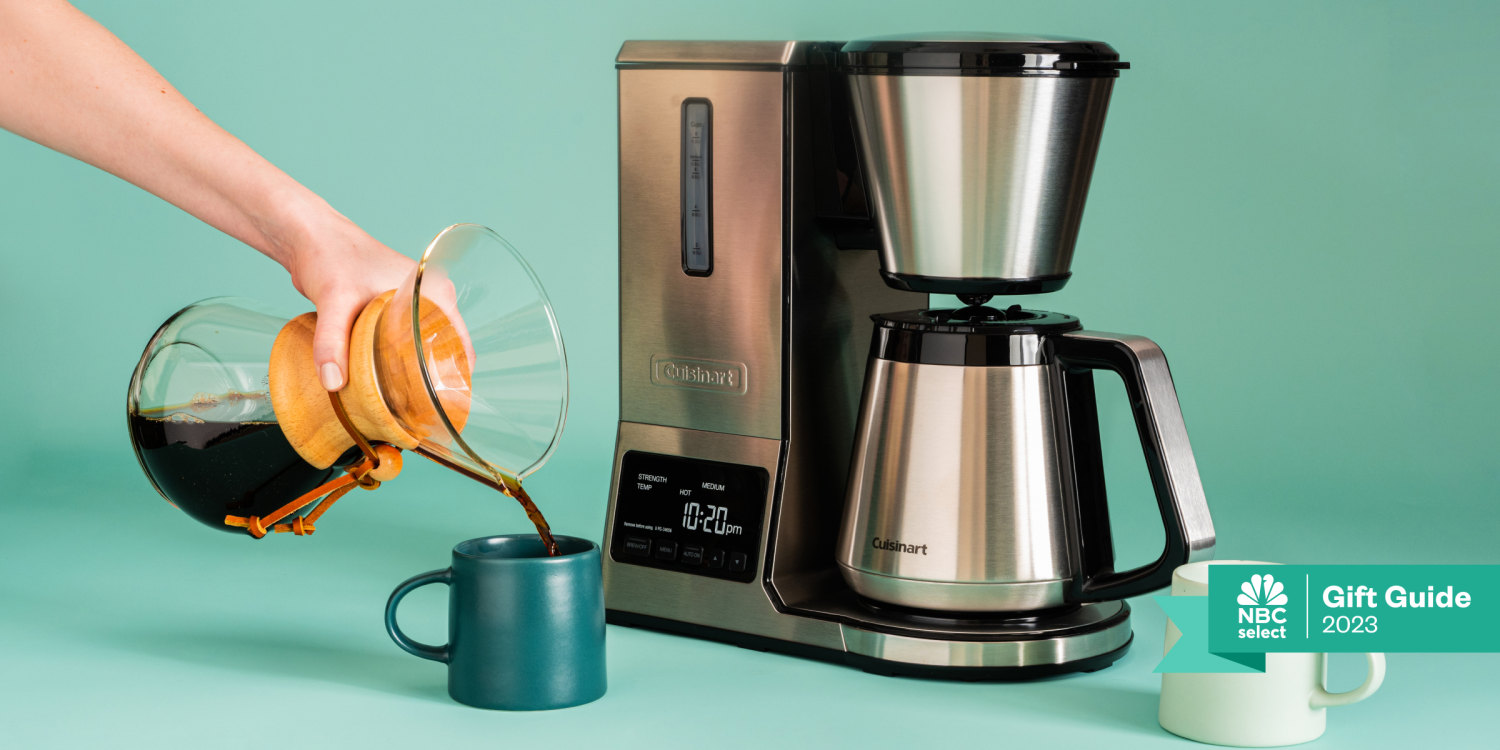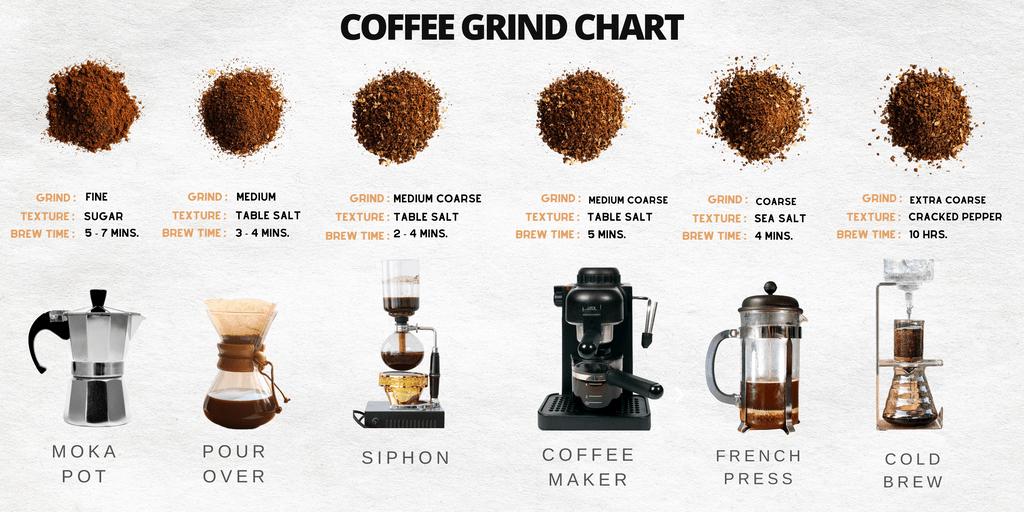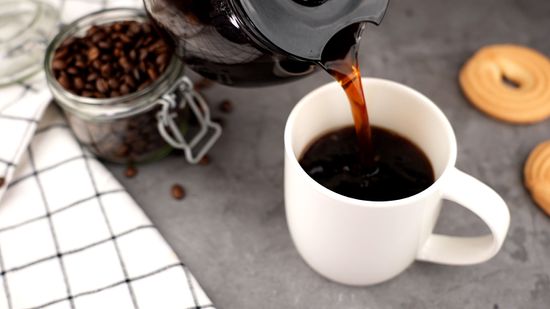If you’re a coffee enthusiast, you’ve probably found yourself pondering the question: “Can I make espresso with a regular coffee maker?” Well, wonder no more, because we’re here to answer that very question for you. Whether you’re a newbie or a seasoned coffee connoisseur, we’ll dive right into the details and let you in on the secrets of creating that rich and intense espresso shot using your trusty regular coffee maker. So, grab a cup of your favorite brew, sit back, and let’s explore the world of homemade espresso.
What is espresso?
Definition of espresso
Espresso is a concentrated form of coffee that is brewed by forcing hot water under high pressure through finely ground coffee beans. It is a popular coffee preparation method that originated in Italy and is known for its strong, bold flavor and rich aroma. The word “espresso” itself means “pressed out” in Italian, which perfectly describes the process in which the coffee is made.
Characteristics of espresso
Espresso has several distinct characteristics that set it apart from regular coffee. Firstly, it has a thick and creamy layer of foam on top, known as crema, which adds a velvety texture to the coffee. Secondly, espresso has a higher concentration of coffee solids and oils, resulting in a more intense flavor compared to regular coffee. Finally, espresso is typically served in small portions, often in shot glasses, as it is meant to be enjoyed in small sips rather than being consumed in large quantities like regular coffee.
How is espresso made?
Process of making espresso
Making espresso requires specialized equipment called an espresso machine. The process begins by grinding fresh coffee beans into a fine, consistent powder-like texture. The ground coffee is then evenly distributed into a small, metal filter basket called a portafilter. The portafilter is then attached to the espresso machine, which heats water to a specific temperature and forces it through the coffee grounds under high pressure. As the hot water passes through the coffee, it extracts the flavors and oils, resulting in a concentrated espresso shot.
Equipment used for making espresso
To make espresso, you will need an espresso machine, which is specifically designed to brew espresso using high pressure and precise water temperature control. Espresso machines come in various types, ranging from manual lever machines to semi-automatic and fully automatic machines. Additionally, you will need a coffee grinder to grind the beans to the desired fineness, a tamper to evenly pack the coffee grounds into the portafilter, and a scale to measure the correct amount of coffee and water.
What is a regular coffee maker?
Definition of a regular coffee maker
A regular coffee maker, also known as a drip coffee maker or a coffee machine, is a common household appliance used to brew regular coffee. It is designed for convenience and simplicity, allowing users to brew larger quantities of coffee at once. Regular coffee makers work by pouring hot water over coffee grounds, which then flow through a filter and into a pot or carafe.
How does a regular coffee maker work?
Regular coffee makers operate using a basic principle of gravity and heat. Firstly, cold water is poured into the reservoir of the machine. The water is then heated to a specific temperature and is subsequently dripped over a bed of coffee grounds in a filter basket. As the water flows through the grounds, it extracts the flavors and oils, slowly dripping into the carafe below. The brewed coffee is then ready to be served.
Differences between espresso and regular coffee
Brewing method
The main difference between espresso and regular coffee lies in the brewing method. Espresso is brewed by forcing hot water through compacted coffee grounds under high pressure, while regular coffee is brewed by pouring hot water over coffee grounds and allowing it to drip through a filter.
Grind size
In terms of grind size, espresso requires a much finer grind compared to regular coffee. The fine grind ensures that the water can pass through the coffee grounds quickly and evenly under high pressure, allowing for the extraction of concentrated flavors and oils. Regular coffee, on the other hand, uses a coarser grind to allow for a slower extraction and a more balanced flavor.
Pressure applied
Espresso machines exert high pressure, typically around 9 bars, to force the water through the coffee grounds. This pressure helps to extract the flavors and oils efficiently, resulting in a concentrated and rich-tasting coffee. Regular coffee makers, on the other hand, do not use any significant pressure during the brewing process, relying solely on gravity to filter the water through the coffee grounds.
Brewing time
Espresso is brewed within a short period of time, typically between 20 and 30 seconds. This brief brewing time ensures a concentrated and intense flavor. Regular coffee, in contrast, requires a longer brewing time, generally between 4 and 8 minutes, to allow for a more subtle extraction of flavors.
Flavor profile
The brewing method, grind size, pressure, and brewing time all contribute to the distinct flavor profiles of espresso and regular coffee. Espresso is known for its strong, bold flavor, with prominent notes of bitterness and acidity. Regular coffee, on the other hand, tends to have a milder and smoother flavor, with a wider range of taste profiles depending on the coffee beans used and the brewing technique employed.
Can you make espresso with a regular coffee maker?
Limitations of a regular coffee maker for making espresso
While a regular coffee maker may not be designed specifically for making espresso, it is still possible to achieve a coffee that resembles espresso using this method. However, there are certain limitations to keep in mind. Regular coffee makers lack the ability to generate the high pressure required for true espresso extraction, resulting in a less intense and concentrated brew. Additionally, the brewing time and grind size of espresso cannot be replicated accurately with a regular coffee maker, further affecting the flavor and body of the resulting coffee.
Possible alternatives for making espresso without an espresso machine
If you are unable to invest in an espresso machine but still desire a coffee resembling espresso, there are alternative methods you can explore. One option is to use a stovetop espresso maker, also known as a Moka pot. This traditional Italian brewing device utilizes steam pressure to brew coffee, creating a strong and full-bodied beverage similar to espresso. Another alternative is the AeroPress, a versatile coffee brewing tool that can produce a concentrated coffee with a flavor profile similar to espresso. These methods may not replicate a true espresso shot perfectly, but they can still provide a satisfying and robust coffee experience.
Tips for making espresso-like coffee with a regular coffee maker
Choosing the right coffee beans
To achieve a coffee that resembles espresso with a regular coffee maker, it is crucial to select the right coffee beans. Look for a dark roast with a bold flavor profile to mimic the intensity of espresso. Beans labeled as “espresso roast” are typically a good choice, as they are specifically roasted to enhance the characteristics desired in espresso.
Grinding the coffee beans
While a regular coffee maker may not achieve the ideal grind size for espresso, you can still adjust the grind to be finer than usual. Experiment with different grind settings to find the right balance that allows for a quicker extraction and a richer flavor. Keep in mind that the grind size should be coarser than what would typically be used for a true espresso shot.
Water temperature and brewing time
To enhance the richness and depth of flavor in your coffee, ensure that the water temperature is between 195 to 205 degrees Fahrenheit (90 to 96 degrees Celsius). This range is ideal for extracting the flavors from the coffee grounds without scorching them. Additionally, to achieve a more concentrated brew, reduce the brewing time by approximately half of what you would use for regular coffee. This shorter extraction time can help intensify the flavors in your coffee, resembling the bolder characteristics of espresso.
Using a French press as an alternative
If you have a French press available, you can also use it as an alternative method for making espresso-like coffee. Use a fine grind, similar to what would be used for espresso, and pour hot water over the coffee grounds. Allow the coffee to steep for a few minutes, then slowly press down the plunger to separate the grounds from the brewed coffee. The result is a concentrated and full-bodied coffee that embodies some of the qualities of espresso.
Common mistakes to avoid
Using pre-ground coffee
Pre-ground coffee is convenient, but it may not produce the desired flavors and intensity when making espresso-like coffee with a regular coffee maker. Pre-ground coffee tends to be coarser and stale, which can result in a weak and under-extracted brew. Opt for freshly roasted whole beans and grind them just before brewing to maximize the flavor potential.
Using the wrong grind size
Grind size plays a crucial role in extracting the desired flavors. Using a grind that is too coarse will result in a weak and watery brew, while using a grind that is too fine can lead to over-extraction and a bitter taste. Experiment with different grind sizes to find the right balance that yields a rich and full-bodied coffee.
Not applying enough pressure
Even though a regular coffee maker does not generate the same pressure as an espresso machine, applying slight pressure when packing the coffee grounds in the filter basket can help enhance the extraction. Use the back of a spoon or any other suitable tool to gently compact the grounds, ensuring a more favorable extraction and a bolder flavor.
Using incorrect brewing time
The brewing time for making espresso-like coffee with a regular coffee maker should be shorter than usual. Monitoring the brew time is important to avoid over-extraction, which can result in a bitter taste. Adjust the brewing time and observe the taste of the coffee to find the optimal balance that produces a rich and flavorful brew.
Conclusion
Final thoughts on making espresso with a regular coffee maker
While a regular coffee maker may not be able to produce an authentic espresso shot, it is still possible to create a coffee that resembles espresso using this method. By selecting the right coffee beans, adjusting the grind size, considering water temperature and brewing time, and exploring alternative brewing methods like stovetop espresso makers or AeroPress, you can achieve a coffee with a rich and intense flavor, reminiscent of espresso. It may not be the exact same experience as enjoying a professionally brewed espresso, but it can certainly satisfy your craving for a strong and bold coffee.
Exploring alternative brewing methods for espresso lovers
For those who are passionate about espresso and seek a more authentic experience, investing in an espresso machine is the best option. Not only will an espresso machine provide you with the ability to truly replicate the taste and characteristics of espresso, but it will also open the door to a world of experimentation and customization. Whether you choose a manual lever machine for hands-on control or a fully automatic machine for convenience, having an espresso machine at home will undoubtedly elevate your coffee brewing skills and allow you to explore the nuances of espresso to your heart’s content.




